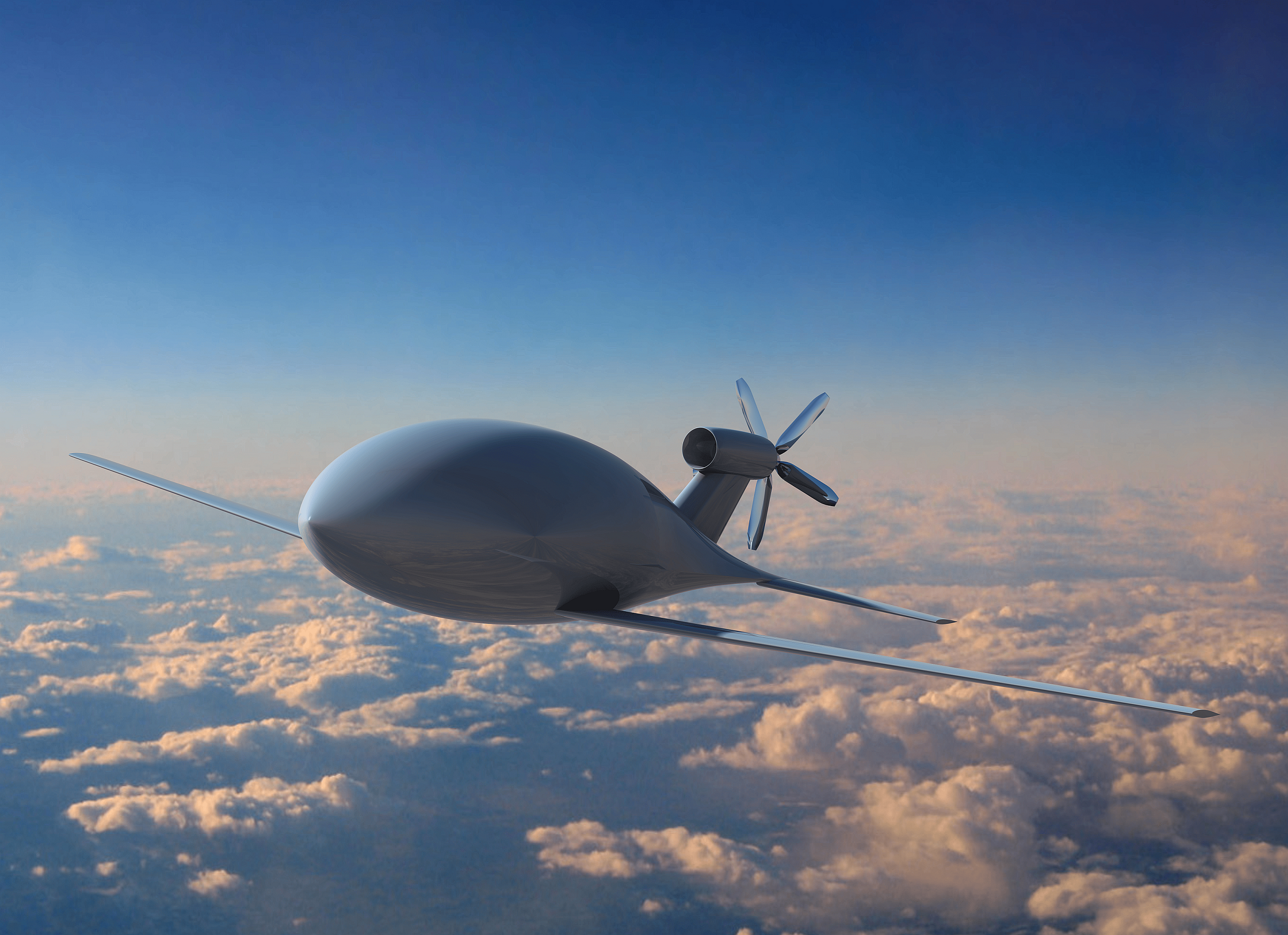An article about Aerospace Engineering at the FHWN was published on Horizont.at. This article first appeared in update # 4/2019, the digital magazine of HORIZONT. Read the original article here.
This is the translated version of the article

Aviation and aerospace specialists are in great demand – the need for autonomous flying continues to grow, as exemplified by the course at the Wiener Neustadt University of Applied Sciences. Here satellites and transport drones are being tinkered with.
„Above the clouds, freedom must be limitless,“ says Reinhard Mey’s well-known catchy tune. But many people still cannot leave „all fears, all worries“ behind them at the gate and get on the plane with a queasy feeling. Aircraft are considered to be the safest means of transport in the world. To keep it that way, well-trained specialists are needed. Some of the specialists in aerospace technology come from Austria, or more precisely, from the Wiener Neustadt Aerospace Engineering course. Actually a standard mechanical engineering course, „but with a very high degree of specialization in aerospace engineering subjects. For example, it is about the development and design of aircraft, Propulsion technologies for aerospace as well as materials and manufacturing methods that are used specifically in aerospace engineering, ”explains course director Carsten Scharlemann.
For the institute, drones and air taxis are almost old hat: In a current project, the students are working on a satellite with propulsion technology that they have developed themselves, which „is supposed to take radiation measurements at a relatively high orbit,“ explains Scharlemann. At the same time, an autonomous transport drone is being built that can transport up to 500 kilograms 1,500 kilometers. The one-to-four prototype with a four-meter wingspan should fly in spring. “If the whole thing is successful, we will also try to bring industries into the project. It’s interesting from the business model, but we haven’t specifically addressed any industries yet. On some projects we are already working with those who support us, ”adds the head of the course.
Graduates in the investment field
There were already 14 different nationalities among the 25 places per year, including people from North and South America and India, as well as from almost every European country. The curriculum for FHWN students includes subjects such as “Autonomy & Unmanned Aerial Vehicles”, “Spacecraft Environment & Interactions” and “Aerospace Players & Trends”. Graduates from this field are in great demand. “The great thing about aerospace technology has always been that people are deployed almost everywhere,” says Scharlemann.
Contrary to what the title “Aerospace Engineering” and curriculum might suggest, the students are not only drawn to aerospace engineering, although each of these branches is about a third later. The new engineers would also be drawn to the automotive industry, to companies for alternative energies, to turbine development and wind power technology. Some were also found in consulting and investment areas, „because information from aerospace technology is very important here,“ explains Scharlemann. In general, Austria does not do badly in the aerospace sector in an international comparison. “Germany, France and the USA, for example, are far ahead of us in terms of the financial outlay that is driven and acquired. But the Austrian scene and the training and skills that the people have here are very good by international standards. So we will certainly be able to occupy a niche. “